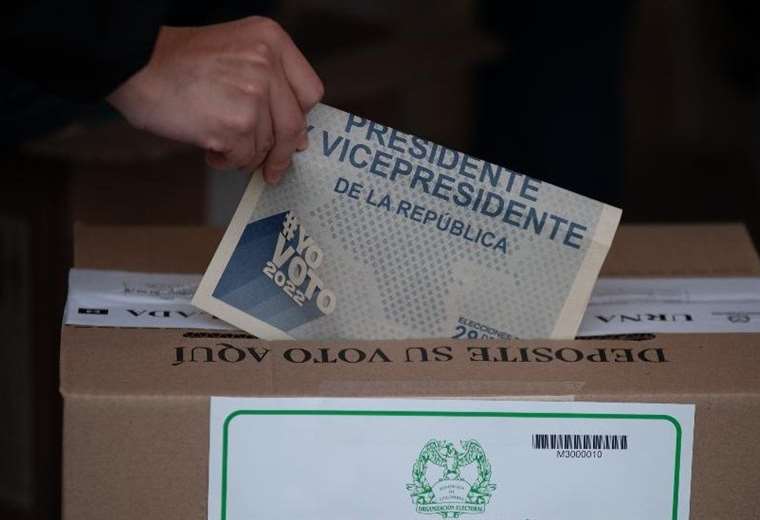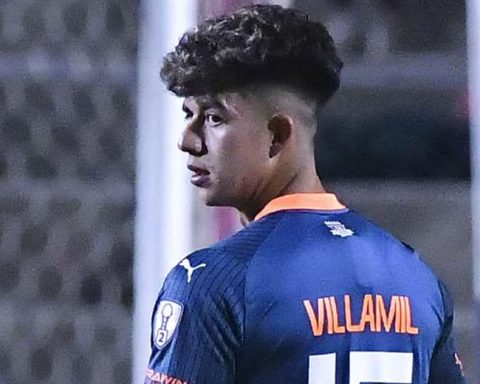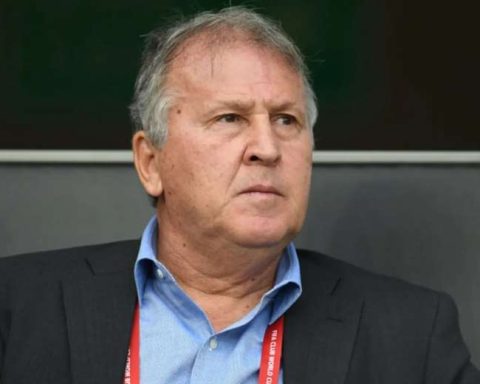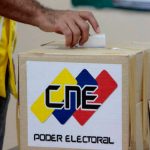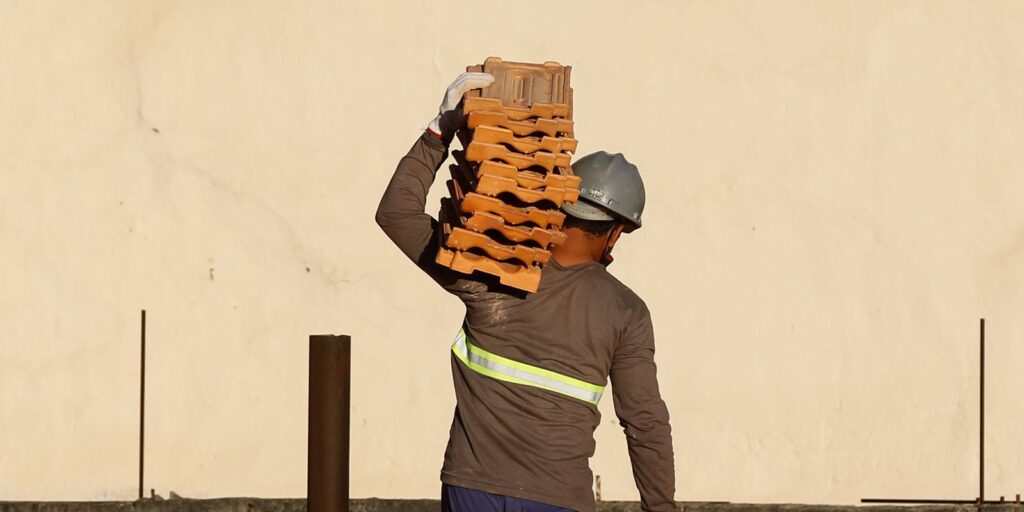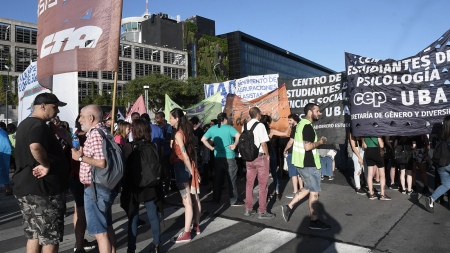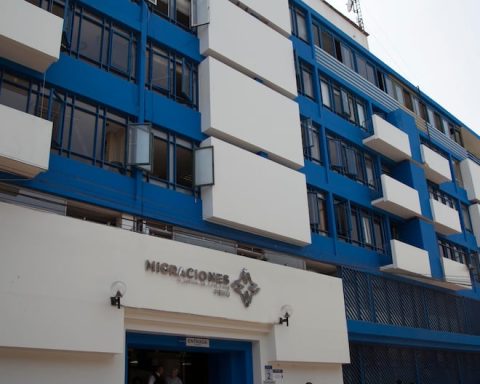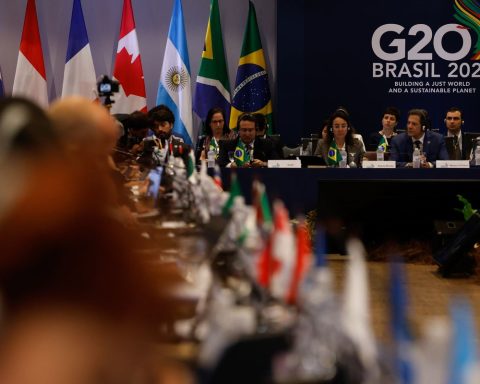December 27, 2022, 9:23 AM
December 27, 2022, 9:23 AM
Forget for a moment the much talked about polarization: the year 2022 showed the importance of the political center throughout America.
The message came from the polls in countries where conflict had grown in recent times.
In the elections held this year in two of the three largest Latin American democracies, Brazil and Colombia, centrist voters were decisive.
Although left-wing candidates such as Luiz Inácio Lula da Silva and Gustavo Petro were successful in both countries, they did so after appeal to restraint against rivals considered more extremist.
In Chile, they voted widely against a change to the constitution that experts say was seen as too radical and unrepresentative of the country’s full range of political opinion.
Even in the US midterm elections in November, the moderate politicians beat candidates with controversial and extreme positions who were supported by former President Donald Trump in key states.
“There is disenchantment with traditional politics, but at the same time people are not willing to go to extremes,” says Michael Shifter, former president of the Inter-American Dialogue, a Washington-based hemispheric analysis center, in dialogue with BBC Mundo.
“The came from the center”
Polls in Latin America show that between 40% and 50% of the regional population is located in the political center, while the rest leans to the left or right.
This panorama has remained unchanged despite the collapse of centrist parties and candidacies in several countries in the region in recent years.
“The population is in the center, but it doesn’t find political parties that represent it,” observes Shifter, a professor of Latin American studies at Georgetown University. “In Brazil, Colombia and Chile, people no longer identify with the traditional center-left or center-right parties.”

Faced with this phenomenon, Lula bet on forging alliances beyond his Workers’ Party (PT, left), which included former center-right rival Geraldo Alckmin as their vice-presidential candidate, to defeat far-right President Jair Bolsonaro.
In the second round in October, Lula received the support of the centrist candidates who had come in third and fourth place, and of former presidents such as the Social Democrat Fernando Henrique Cardoso who saw Bolsonaro as a threat to democracy.
All this was crucial for the voters of the center to tip the balance in favor of Lula, who defeated Bolsonaro by a small difference (50.9% against 49.1%) and is preparing to return to the presidency on January 1. He practiced from 2003 to 2011.
“Lula was never a radical in the strict sense of the term. He was and is an undoer of wrongs,” former Uruguayan President José Mujica told BBC Mundo the night his friend was re-elected president of Brazil.
In Colombia, the ex-guerrilla and economist Petro became the first left-wing president in the country’s history in his third attempt and four years after losing resoundingly in the previous elections.
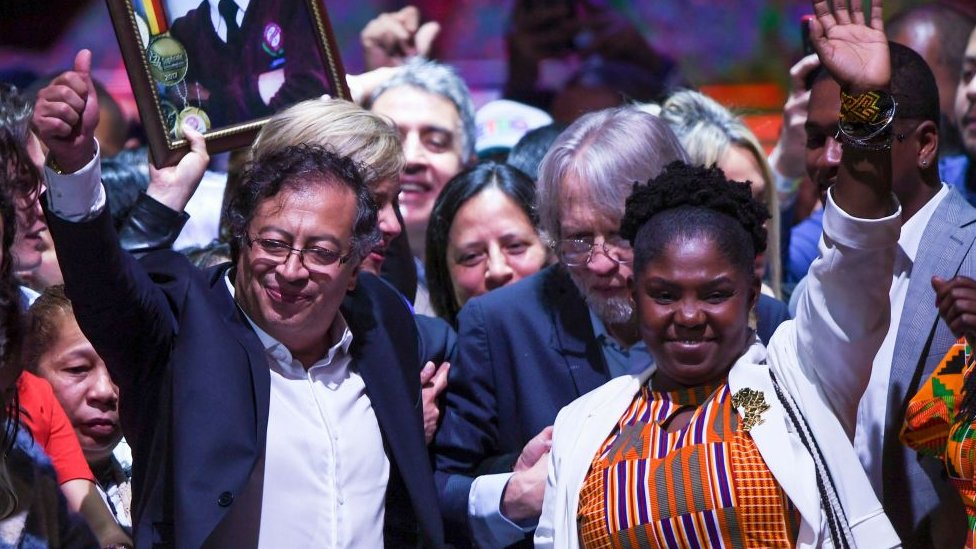
for it too looked at the center: he moderated his speech, formed a coalition of alternative forces in the face of the crisis of the traditional political class, assured that he would avoid the course of neighboring Venezuela (his president, Nicolás Maduro, came to be associated with “the politics of death”) and He anticipated that he would name the centrist José Antonio Ocampo Minister of Finance.
Thus, the former mayor of Bogotá added 2.7 million more votes in the June ballot than in the first round to defeat the right-wing Rodolfo Hernández, whom many saw as a more unpredictable upstart and less prepared to govern than his rival.
The story has been repeated frequently in the region since several countries regained democracy some 35 years ago.
“There have been a little more than 100 elections since the transition in Latin America and if one looks at all of them, one realizes that in reality both the right and the left, which are the ones that polarize and carry the issues, always needed the political center to be elected,” says Marta Lagos, director of the Latinobarómetro regional survey.
“As they became less radical, they had the permission of the center,” Lagos tells BBC Mundo.
a volatile vote
The crisis of representation that has worsened in recent times in Latin America has also opened space for the coming to power of outsidersabout politic.
This was evident in the other election held this year on the continent: in Costa Rica, the economist Rodrigo Chavez was elected president in April with a speech antiestablishment and despite the fact that he was almost unknown in his country’s politics.

The scenario throughout the region is propitious for the emergence of populists “disguised as center and moderates,” warns Lagos, explaining that the collapse of party systems has left a more volatile electorate, difficult even for pollsters to predict.
“Before it was possible to identify which side the center was on. Now that no longer happens because the center no longer seeks an ideology or a value issue, but instead seeks the solution of problems,” he says.
And the voters’ patience with their rulers also seems to have shortened.
In fact, in 2022 the rule in Latin America continued to be the rotation in power. In the last 14 free presidential elections completed in the region since 2019, the vote was to change the ruling party.
This in turn produced a wave of leftist victories on the subcontinent, the duration of which is uncertain.
The unpredictability of the Latin American electorate was reflected in Chile in September, when 62% of voters rejected the text of a new constitution drafted by a convention and supported by the president. gabriel borica leftist who just six months earlier had taken over as a young leader of the clamor for deep reforms.
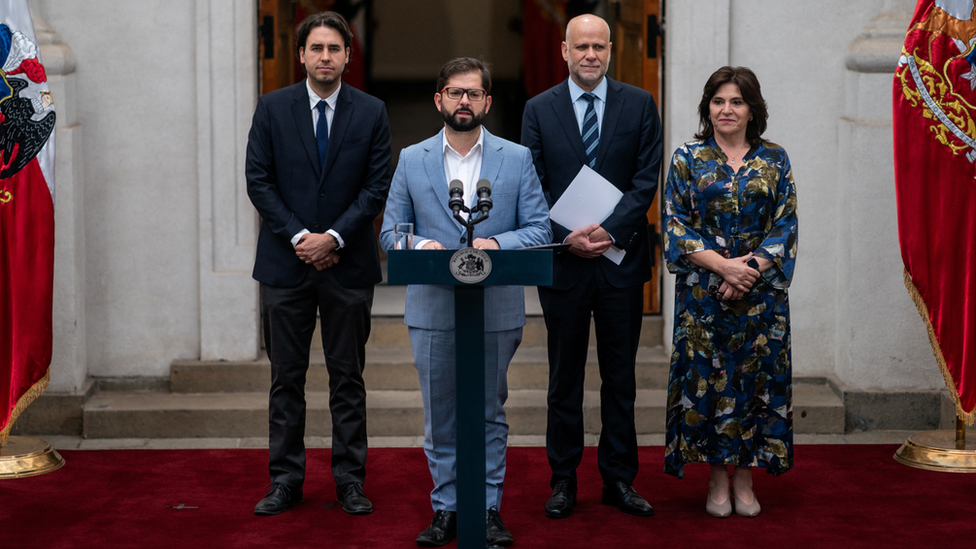
So there were many Boric voters who opposed the constitutional text and a feeling that the proposal “was not for everyone and was out of line,” says Lagos from Santiago.
Immediately, Boric announced a change of government with the entry of the traditional center-left into his cabinet and asked to start another constituent process in Congress, where there was already a basic agreement endorsed by 14 parties.
The goal is to submit a new draft constitution to a ratification plebiscite in November 2023.
For next year there are also scheduled presidential elections in three countries in the region: Paraguay (April), Guatemala (June) and Argentina (October).
The questions are already looming: will the triumphs of the left continue? Or will a political turn to the right begin?
But something seems certain from now on: the silent tide of the center will once again be key at the polls.
Remember that you can receive notifications from BBC News World. Download the new version of our app and activate them so you don’t miss out on our best content.
